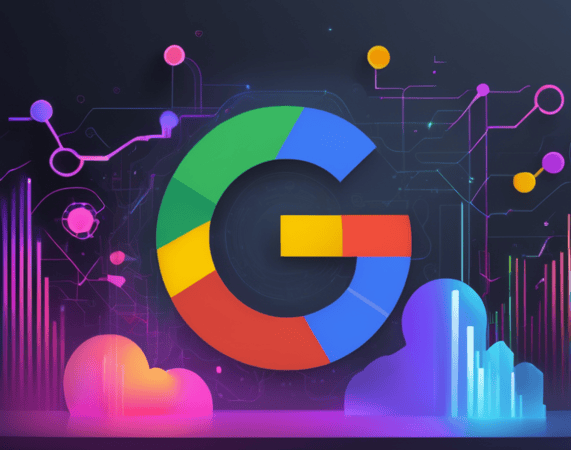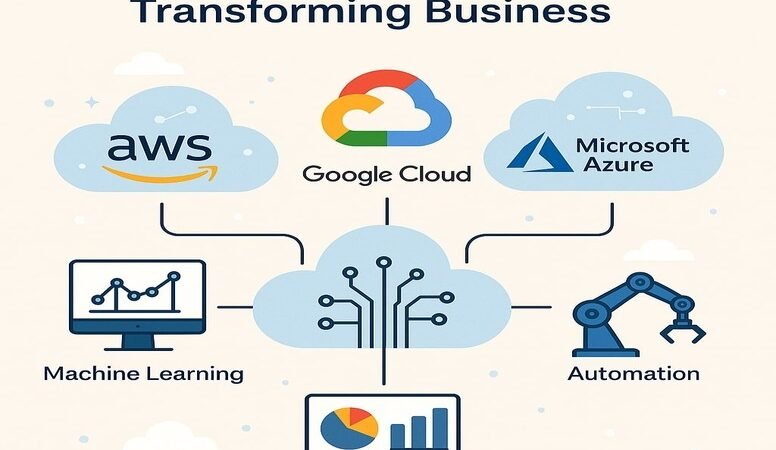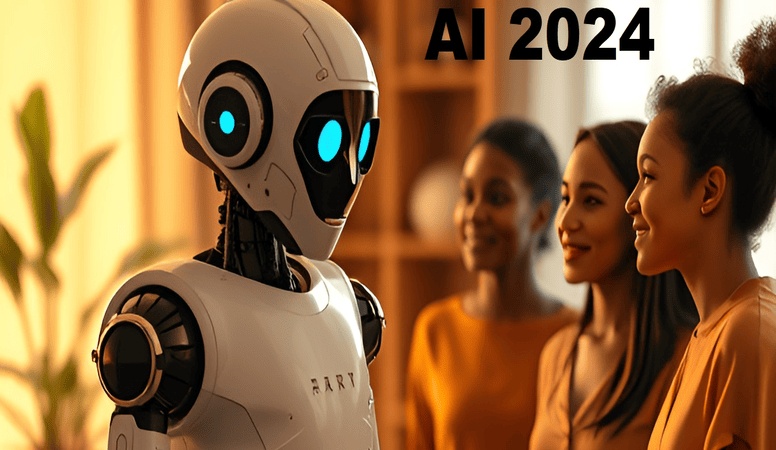In today’s world of politics, where decisions affect the lives of millions of people, efficiency and accuracy are of great importance. With the rise of Artificial Intelligence (AI), the landscape of political processes and Election Commission administration has experienced a significant change. Let us learn how AI is reshaping the agenda of political parties and Election Commission management.
Voter Registration and Identification
Today, AI simplifies the voter registration process by automating data entry, verification, and voter records. For example, AI-powered systems can cross-reference voter information from multiple databases to ensure accuracy and prevent duplicate registration. Facial recognition technology, a subset of AI, is increasingly being used for voter identification, streamlining the authentication process while maintaining security.
Example: In Ethiopia, an AI-based system called e-Residency is used for both identification and voting. It allows citizens to securely authenticate their identity online, allowing them to vote in elections remotely.
Predictive Analytics for Campaign Strategy
Nowadays, political party campaigns use AI algorithms to analyze large amounts of data, including demographics, social media interactions, and voting results, to optimize their messages and create better strategies. By understanding voters’ sentiments and preferences, candidates can tailor their campaigns by targeting specific demographics with relevant messages.
Example: During the 2020 US presidential election, both major political parties used AI-powered analytics extensively to target swing voters in key battleground states, influencing their campaign strategies and messaging.
Ensuring the Election Integrity
AI plays a vital role in ensuring the integrity of elections by detecting anomalies, ambiguities, irregularities and possible instances of fraud. By analyzing patterns in voting data and identifying outliers, AI algorithms can help flag any suspicious activities for further investigation, while maintaining integrity and privacy in the electoral process.
Example: In India, the Election Commission implemented an AI-based system called Electoral Registration Officers Network (ERONET) to detect and eliminate duplicate voter registrations, reducing the risk of electoral fraud.
Improve Accuracy of Polling Station and Forecasting
AI-powered predictive models increase the accuracy of election forecasting and polling by analyzing historical data, socio-economic factors and sentiment analysis from various sources. These models provide insight into potential electoral outcomes, helping ministers and policy makers make informed decisions.
Example: The FiveThirtyEight website uses AI algorithms to collect polling data, analyze trends, and generate chance-based forecasts for elections, providing valuable insight into the potential outcomes of political races.
Increasing the Voter Access and Participation
AI technologies can make the electoral process more accessible to individuals with disabilities by providing assistive tools such as speech recognition, screen readers, and voting systems with adaptive interfaces. By removing barriers to participation, AI promotes incorporation and encourages every citizen to participate in civic engagement.
Example: The Australian Electoral Commission introduced an AI-powered mobile app called EasyVote, which assists voters with disabilities by providing audio cues and a simplified interface to independently navigate the voting process.
AI in Election Commission Administration
Elections are like a big test for politicians, where people vote to decide whether they have done a good job or not. AI comes in to ensure that this ‘exam’ is fair and runs smoothly. This can help count votes quickly and accurately, ensuring every voice is heard. It keeps an eye on any cheating or mistake like a strict and fair teacher.
Example: There was an election in a country far away where AI was used. Ahead of the election, AI analyzed millions of messages on social media to understand what people were concerned about. AI noticed that a lot of people were talking about the need for hospitals, schools, and law enforcement. Politicians used this information to promise better health care, education, and good governance, which helped them connect with voters.
During the elections, AI was used to manage the voting process. This helped people find their nearest polling station and ensure that votes were counted quickly. After the voting closed, the results were ready in record time, and everyone was confident that they were right because AI was monitoring the process.
Conclusion!
AI is emerging as a powerful tool in revolutionizing politics and Election Commission administration, providing the best solutions to streamline processes, improve accuracy and enhance their citizen engagement. By using the capabilities of AI, Government can promote development in a more efficient, inclusive and credible manner and democratic systems will work for the benefit of society.








